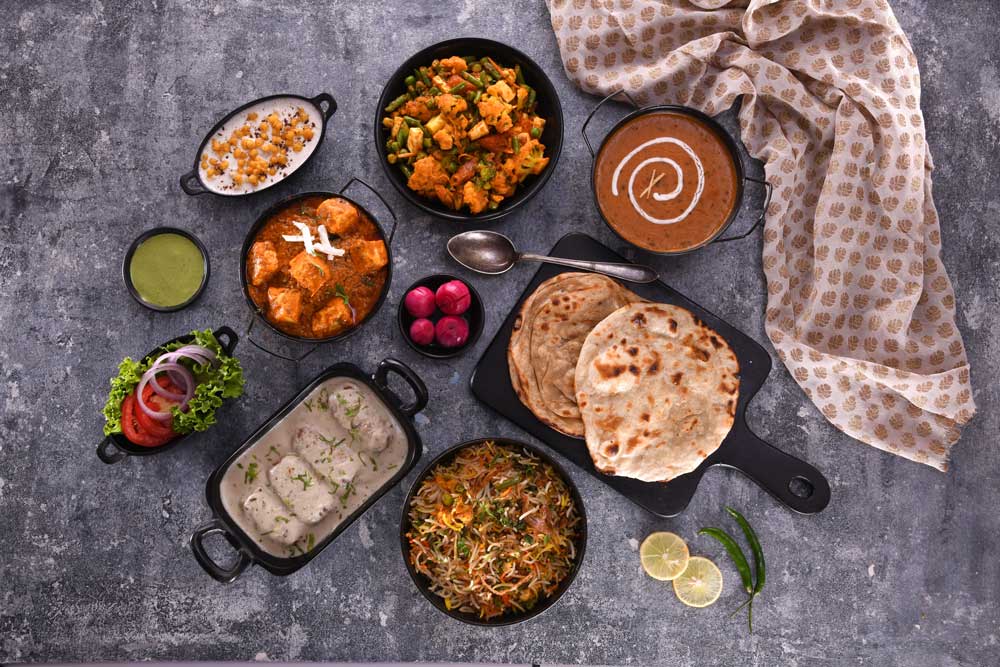Whether it is relishing a simple meal or indulging in a multi-course tasting menu, food lovers truly find joy in the sensory experience of gastronomy. This often results in creative pursuits and they experiment with recipes as well. .
In the age of social media, you can showcase your culinary skills through just a click. You can also ensure it reaches the right and the maximum audience.

Career Guide released an article that stated, ‘A food blog is an online content hub about food, with many offering a mix of both recipes and cooking advice. Most food blogs specialize in a certain type of cuisine. For example, some blogs may focus on specific types of cooking or perhaps share holiday recipes for a family or meals for two. Other food blogs may specialize in certain dishes like noodles, soups or desserts, while still others may be more about cooking tips or exploring types of diets, such as vegan or Paleo.’
How can you start your own food blog and more importantly, find success -
1. Identify your niche - You must understand what your speciality is and place your entire focus on building your blog around that.
2. Name it right - Your page or blog must have a compelling name that reflects your speciality, your blog content and most importantly, the target audience.

3. Website and design - The platform where your entire content is featured will get followers waiting for you to drop. Conside the platform (look for a user-friendly platform like Wordpress), design (a neat website that can be easily navigated) and the brand identity (the visual style with fonts, colours, and imagery that very distinctly describes your blog’s personality.)
4. Content - The most important of all aspects is your content. This includes food recipes, food photography as well as the blog posts with content such as food/restaurant reviews, cooking tips and tricks and interesting anecdotes.

5. SEO and promotion - Cross promoting your content on various social media platforms ensures better reach. Email marketing could give you an added advantage so build an email list to engage with your audience. Use SEO to optimise your blog for search engines by using relevant keywords and creating high-quality content.
6. Other important factors - include being active on the platform, in terms of regularly posting content. Ensure that the content is fresh and not too repetitive. It's also imperative to engage with the audience by reacting or responding to their comments or posts on your page. This will help them build trust with you and lead to a strong community of followers. Lastly, collaborating with other food bloggers or experts from the same field by sharing valuable content can help you expand and grow in this area.